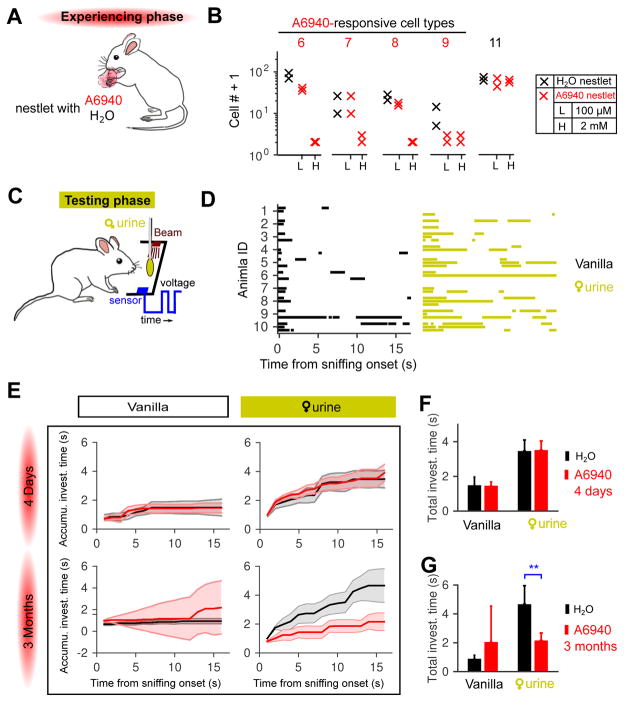Figure 7. Long-term exposure eliminated responses to epitestosterone sulfate (A6940), and reduced male investigation of female mouse urine.
(A) Males were exposed to nestlets soaked with water or A6940 daily during the 4-day or 3-month experience phase.
(B) Cell counts of A6940-responsive cell types after long-term exposure to low (100 μM) or high dosage (2 mM) of A6940.
(C) Schematic of apparatus used to record episodes of olfactory exploration in freely-behaving animals. The infrared beam was broken (see the blue voltage trace) when the mouse contacted the cotton swab with 20μL of the tested stimulus.
(D) Investigatory episodes of 10 male mice to control (1:10000 vanilla only, left) and 1:1 female urine solid-phase extracts (right). Each animal participated in 3 trials, each of which was aligned (t=0) to the time of the first sniff of the cotton swab. Blocks represent continuous periods of investigation. Blank trials were “failure trails” in which the animals never investigated the cotton swab. See Figure S7 for more animals and stimuli tested.
(E) Duration of investigation of female urine extracts by male mice with short-term (4 days) and long-term (3 months) stimulus exposure. Cumulative time of ddH2O-exposed (black trace) mice and A6940-exposed mice (red trace) are shown. Data are presented as median±standard error in the median (computed by bootstrap).
(F &G) The total investigation time of each group in E. The total investigation time to female urine extracts was not significantly different between ddH2O-exposed and males with short-term A6940 exposure (F), but dramatically decreased by long-term A6940 exposure (G) (**: p<0.0152, Wilcoxon rank-sum test).
See individual sniffing patterns and breakdown of investigation time in Figure S7.

